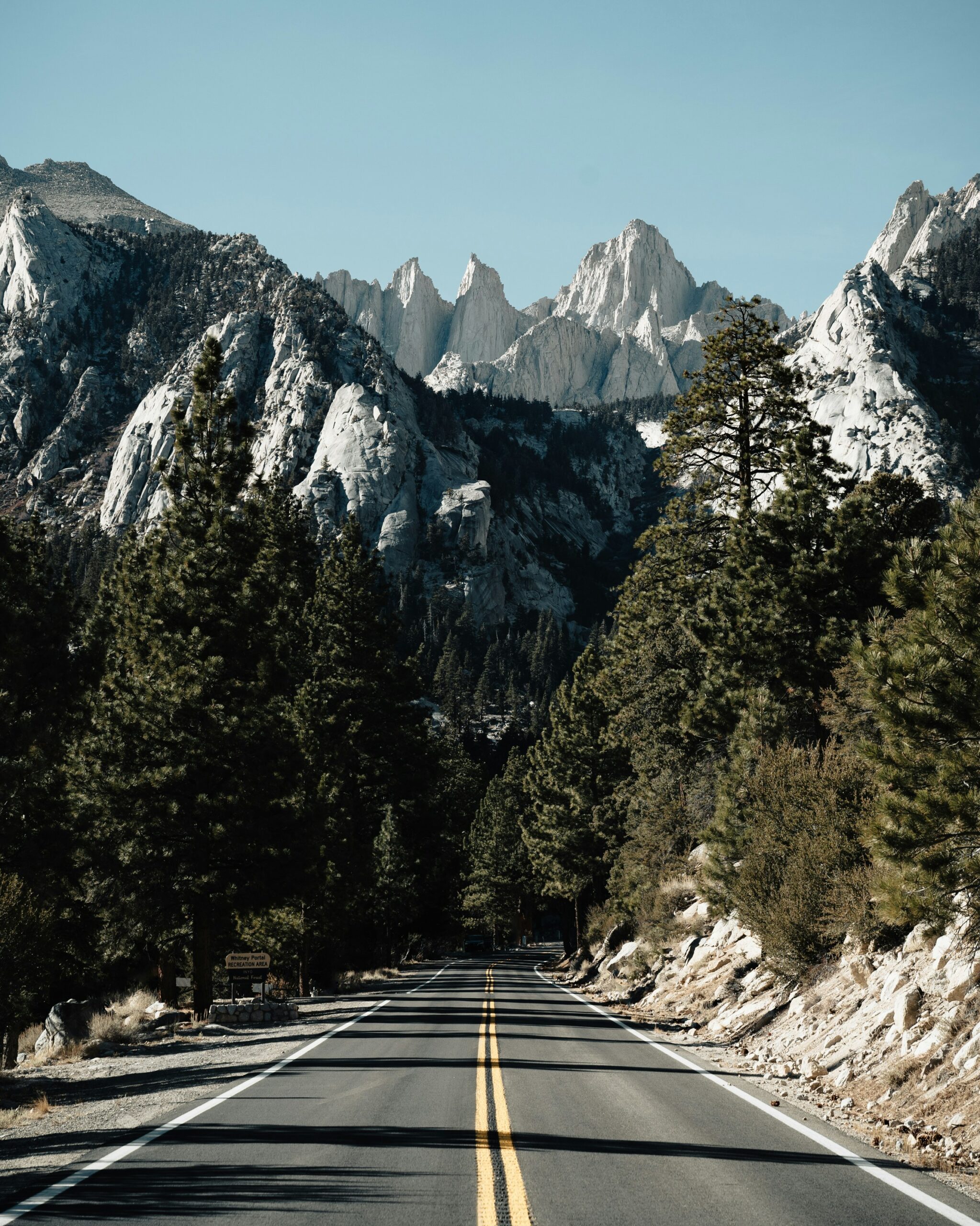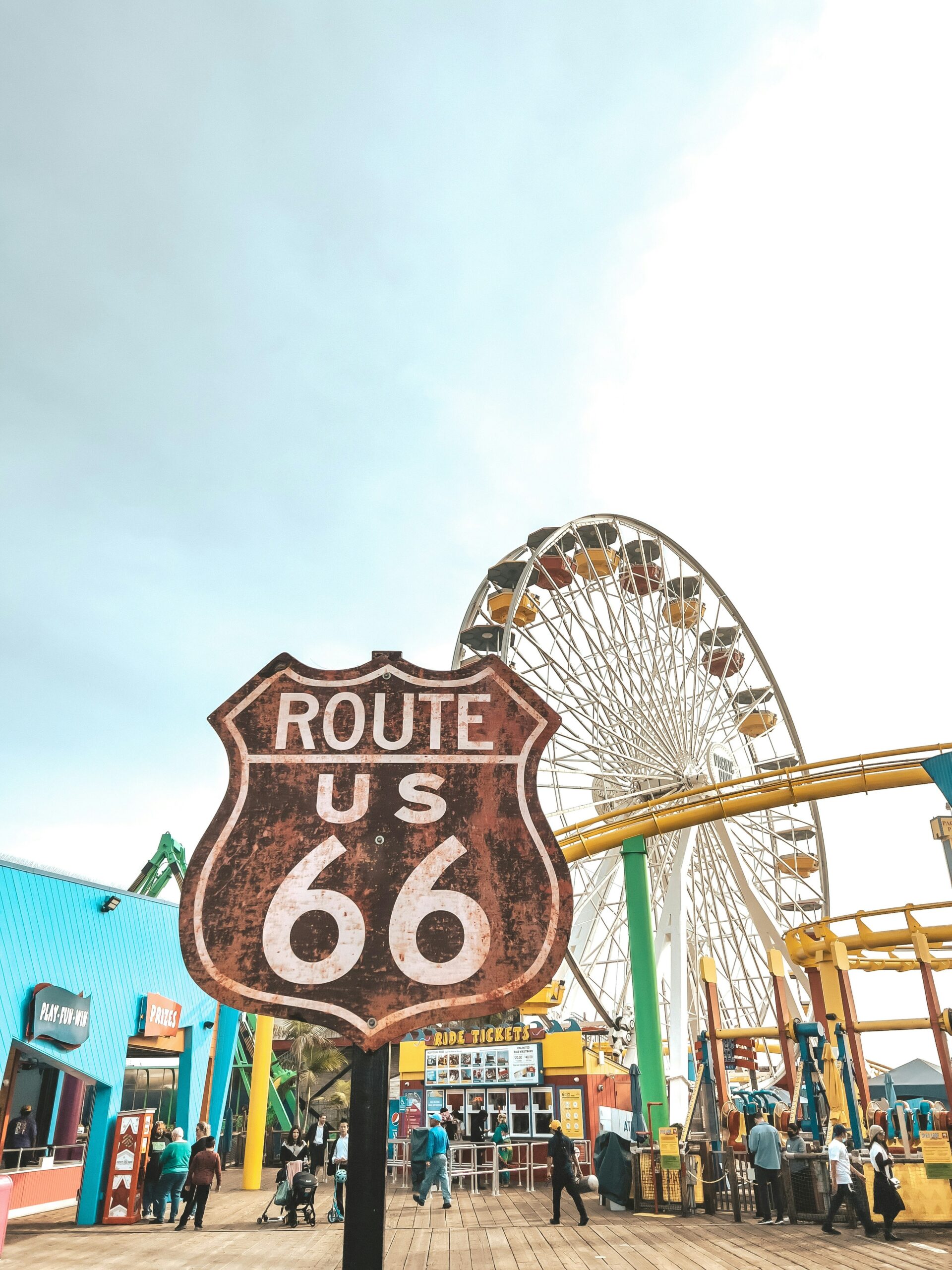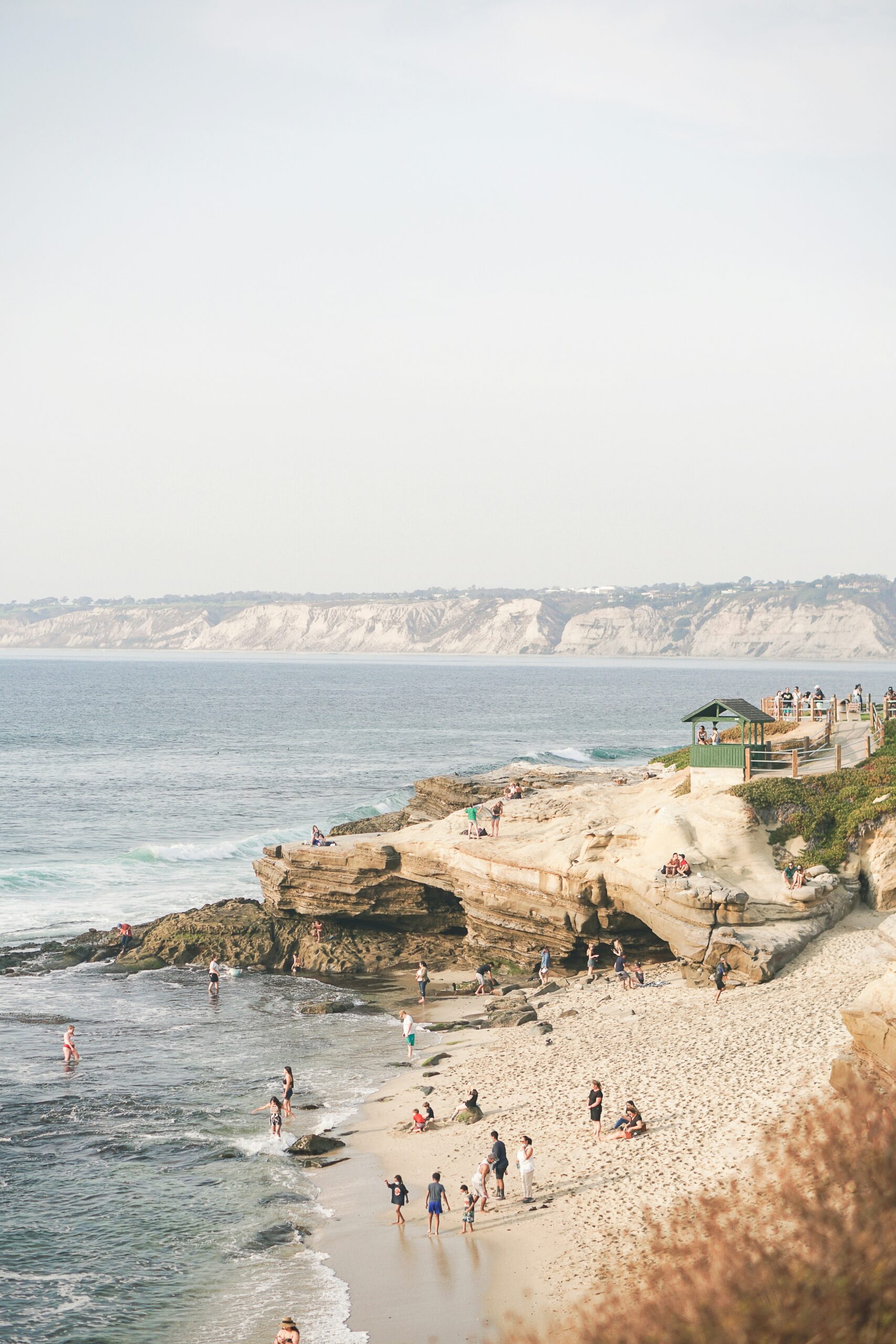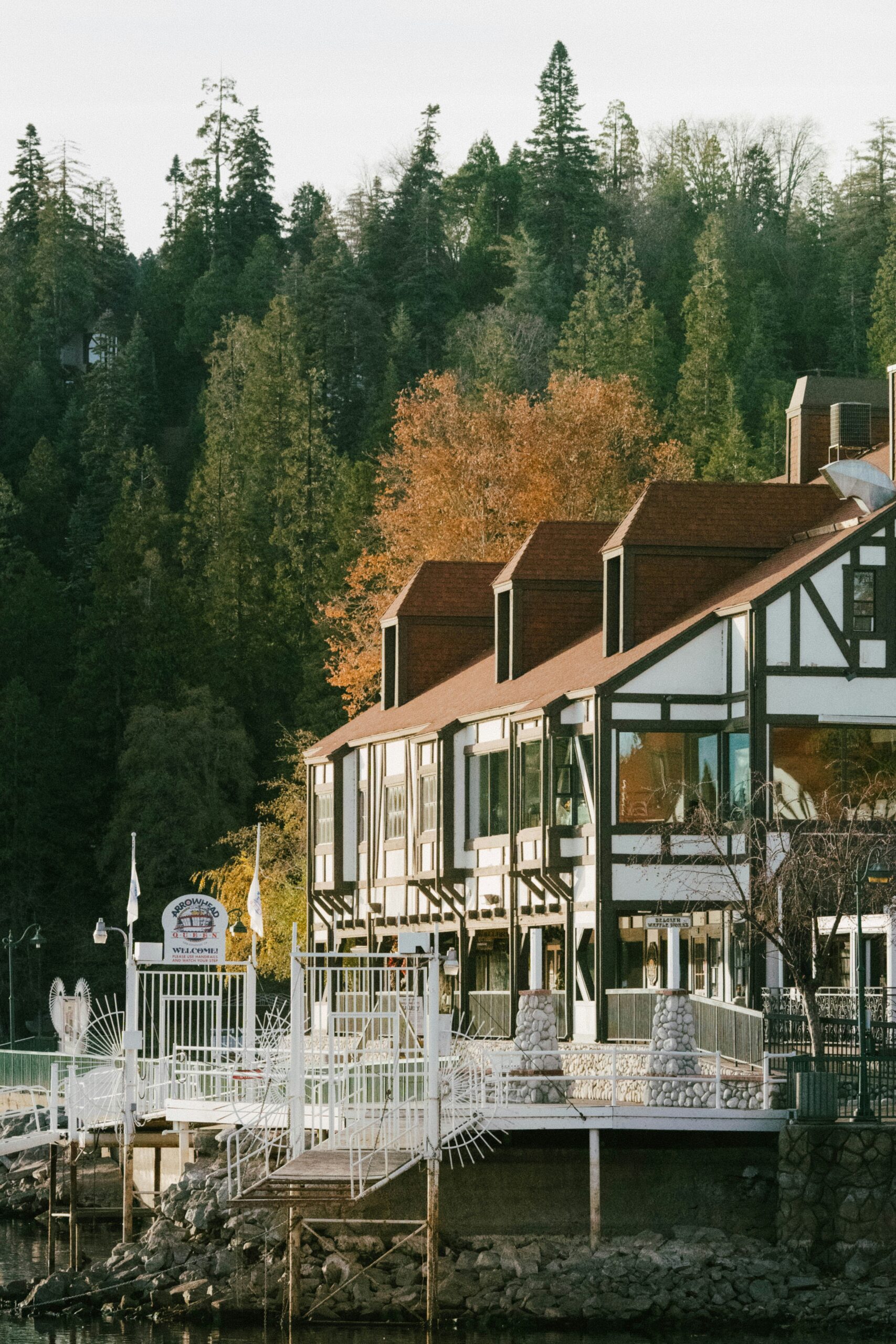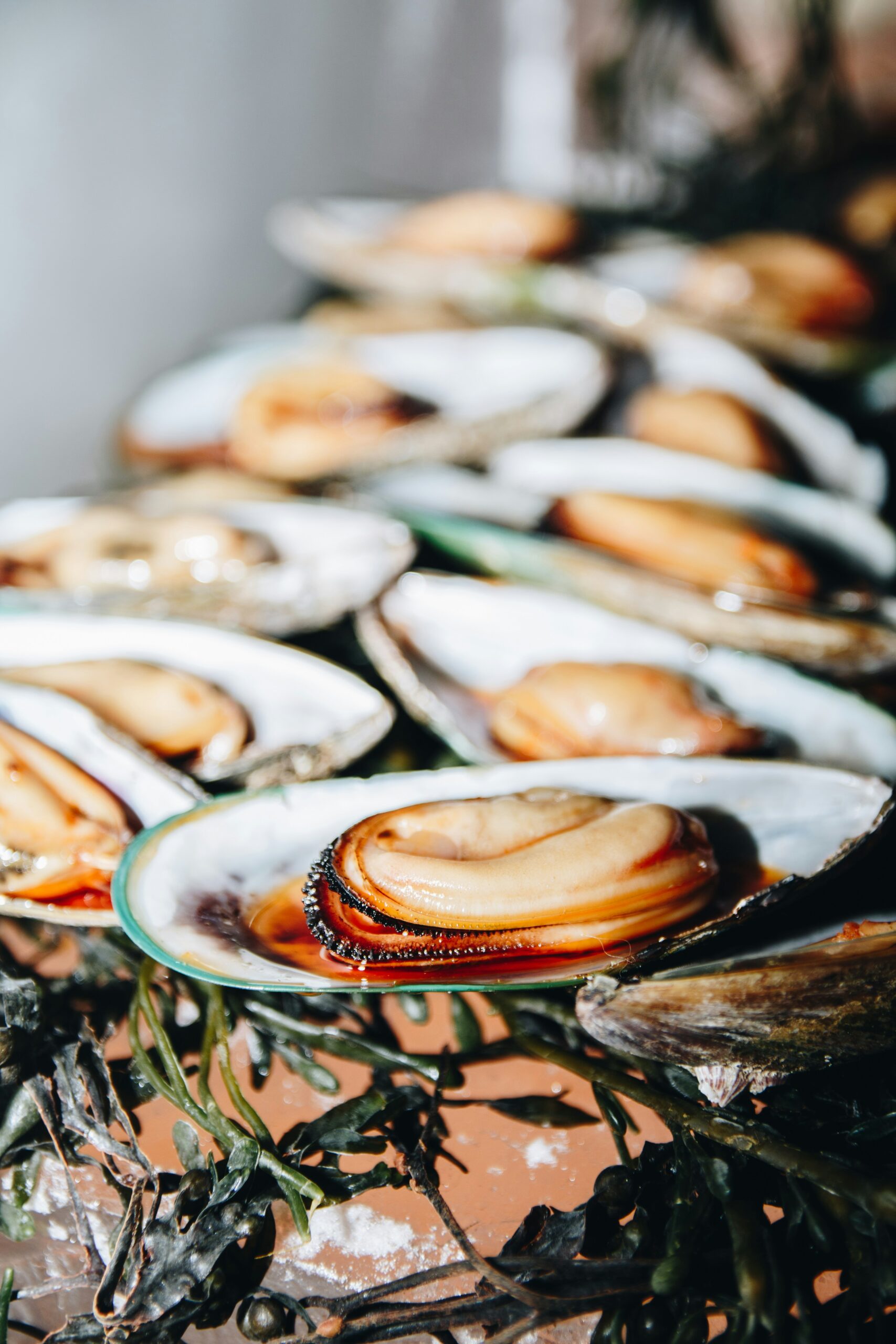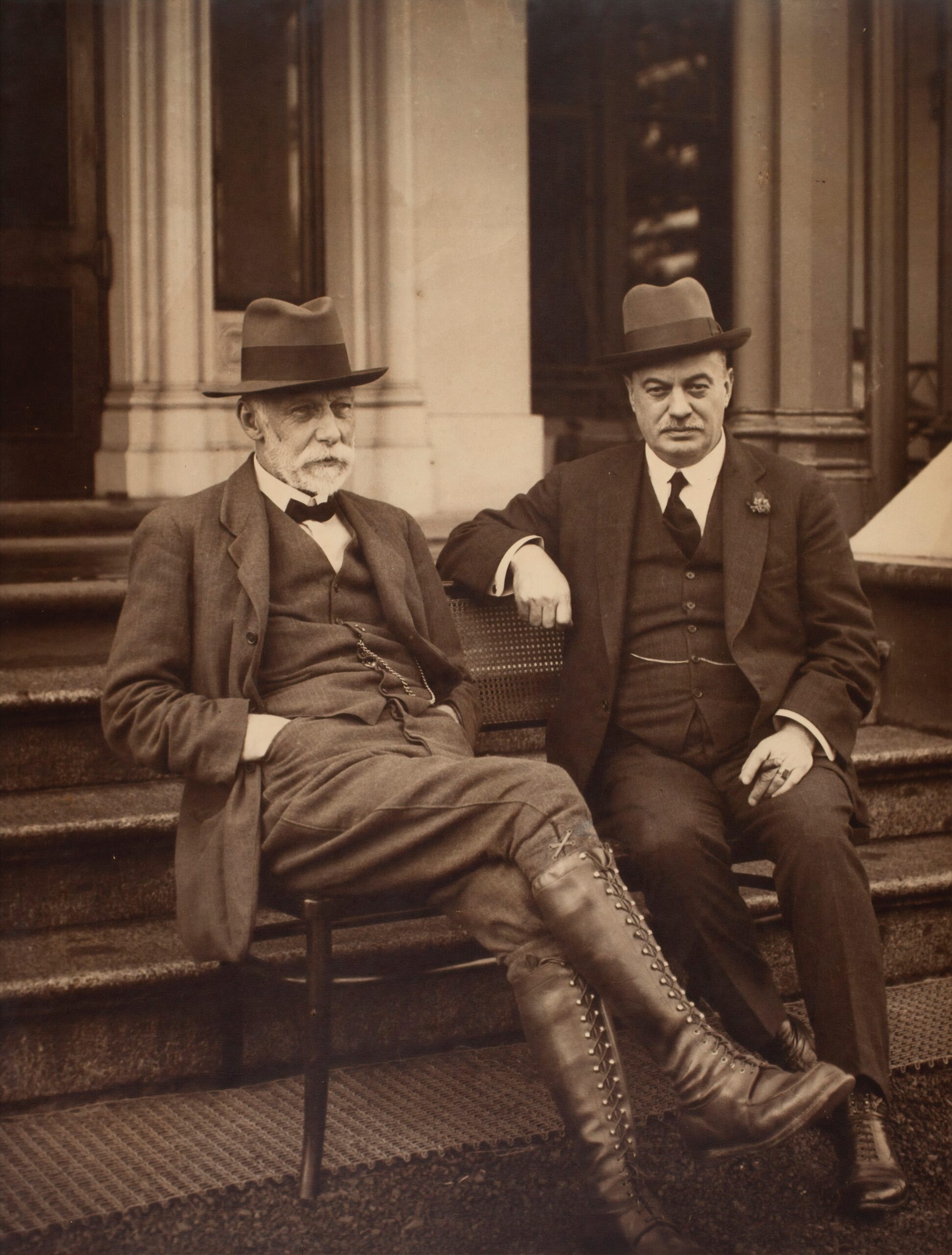7-day Northern California Road Trip Itinerary: Top Scenic Stops and Travel Tips
A 7-day Northern California road trip offers travelers the chance to experience diverse scenery, charming small towns, and iconic natural landmarks. From the rugged Pacific coastline and towering redwoods to the rolling vineyards of wine country and the granite cliffs of Yosemite, this region packs a wide variety of landscapes within a week’s drive.
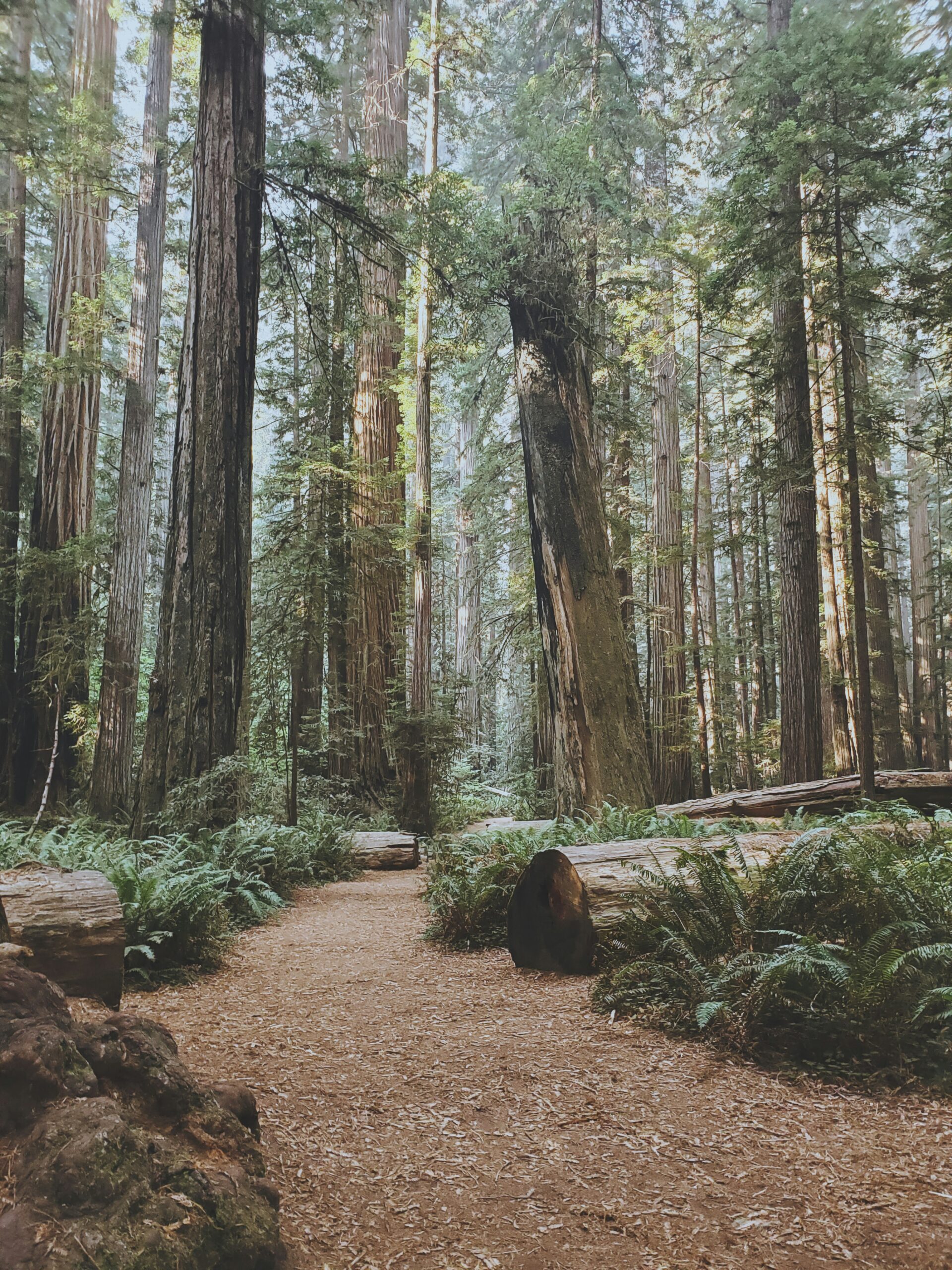
Those planning a weeklong adventure can easily tailor each day to their interests, whether it’s hiking scenic trails, sampling local wines, or exploring coastal villages. Key highlights often include San Francisco, Mendocino, and the redwood forests, as outlined in this detailed Northern California road trip itinerary.
Careful planning allows visitors to move at an enjoyable pace without feeling rushed, making the most of every stop along the way. This guide provides a clear route, suggested activities, and practical tips to help travelers get the most out of their journey.
7-day Northern California Road Trip Itinerary: Top Scenic Stops and Travel Tips
7-Day Northern California Road Trip Overview
A well-planned 7-day Northern California road trip covers iconic parks, dramatic coastlines, and vibrant cities. Travelers experience diverse landscapes ranging from coastal highways to forested mountains, with highlights including scenic drives, outdoor adventures, and classic small-town stops.
Highlights and Key Destinations
This itinerary focuses on Northern California’s most famous and scenic locations. Stops typically include San Francisco, for sights like the Golden Gate Bridge and vibrant neighborhoods, and the rugged Pacific coastline through Monterey and Big Sur. Yosemite National Park is a central highlight, offering waterfalls, granite cliffs, and hiking trails.
Driving north, visitors often head to Lake Tahoe, known for its clear waters and mountain vistas. The region’s redwood forests—some of the world’s tallest trees—provide opportunities for woodland walks and peaceful picnics. Other popular stops include Mendocino’s coastal villages and Napa Valley for wine tasting, depending on traveler interests.
Nature lovers get opportunities for hiking, wildlife viewing, and beachcombing throughout the journey. Cities like San Francisco offer museums, food, and culture, while smaller towns offer relaxing breaks and local charm. This variety creates a balanced California road trip itinerary.
Best Time to Visit
Late spring (May–June) and early fall (September–October) present the best weather and fewer crowds for a Northern California road trip. Summer brings higher tourist numbers and warmer conditions, especially inland at places like Yosemite and Lake Tahoe.
Winter months can be quiet, but some high-elevation roads near Tahoe and Yosemite may be closed due to snow. Coastal regions such as Big Sur and Mendocino tend to stay mild year-round, though fog is common along the ocean in summer.
Visitors should check ahead for national park reservations, fire restrictions, or road closures, especially during peak travel season. Packing layers is recommended, as weather can vary widely between coastal and mountain destinations.
Recommended Routes
One of the most popular routes begins in San Francisco, heading south to Monterey and Big Sur along Highway 1 for coastal scenery. The drive then shifts east to Yosemite National Park, offering a mix of mountains, canyons, and lakes. Returning west, itineraries often include stops in Napa Valley or Sonoma for wine country experiences.
Travelers may extend the trip north from San Francisco through coastal towns such as Mendocino and reach the famous redwoods near the Oregon border. Typical durations are seven to ten days, allowing flexibility based on interests and travel pace.
Sample 7-day route:
- San Francisco
- Monterey & Big Sur
- Yosemite National Park
- Lake Tahoe
- Mendocino
- Redwood National Park
- Return to San Francisco
Trip planning should account for drive times, lodging availability, and seasonal conditions to ensure a smooth travel experience.
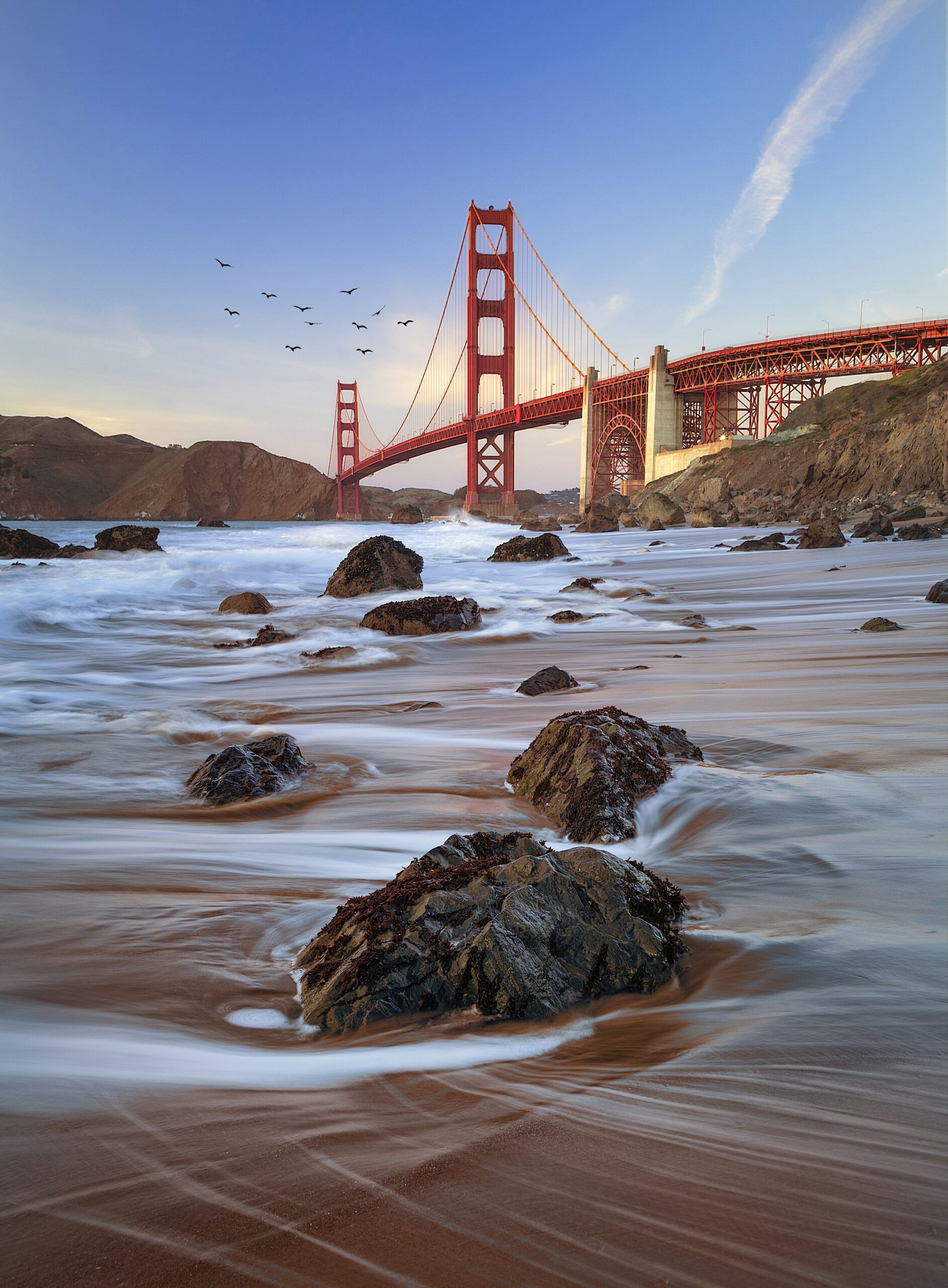
San Francisco: The Starting Point
San Francisco offers iconic landmarks, scenic drives, and world-famous neighborhoods. Travelers can experience both cultural intrigue and classic California views before heading north on their road trip.
Golden Gate Bridge and Scenic Drives
The Golden Gate Bridge is a must-see, offering dramatic views of the bay, city skyline, and nearby Marin Headlands. Early morning is ideal for crossing the bridge, when the light is best and traffic is lighter. Popular viewpoints include Battery Spencer and Crissy Field, both accessible by car or short walk.
Travelers can enjoy a scenic drive along Lincoln Boulevard for ocean views, or through the Presidio for forested landscapes. Parking at Vista Points on both ends of the bridge is available, but may fill quickly. Those interested in photography should visit at sunrise or sunset for the most striking images.
For a classic California experience, continue to the Pacific Coast Highway via Highway 1. This route provides coastal panoramas and easy access to destinations like Muir Beach and Stinson Beach. Driving north out of the city prepares visitors for the natural beauty ahead on the road trip.
Alcatraz and Waterfront Activities
Alcatraz Island is one of San Francisco’s most recognized attractions. Ferries depart from Pier 33 and tickets should be booked in advance, especially during peak season. The island’s former prison tours offer insights into early California history and unique views of the bay.
Fisherman’s Wharf is bustling with street performers, seafood stalls, and the famous sea lions at Pier 39. It’s ideal for a leisurely afternoon walk or sampling local specialties like clam chowder in sourdough bread bowls. Families will appreciate the hands-on exhibits at the Aquarium of the Bay.
Visitors can also rent bikes or walk along the Embarcadero, a waterfront roadway linking many key sights. Ferry Building Marketplace is a top spot for local food and artisan vendors. This area combines history with access to some of the city’s best waterfront scenes.
Neighborhood Explorations
San Francisco’s neighborhoods each offer unique character and attractions. The Mission District features colorful murals, independent cafes, and some of the best burritos in California. Chinatown is the oldest in North America, known for its vibrant storefronts and traditional markets.
Haight-Ashbury is synonymous with 1960s counterculture, while North Beach offers Italian bakeries and historic bookstores. Those interested in shopping and dining can explore Union Square, which also places visitors near major transit lines.
A table of neighborhood highlights:
| Neighborhood | Must-See Spots | Notable Eats |
|---|---|---|
| Mission District | Clarion Alley Murals | Taqueria La Cumbre |
| Chinatown | Dragon’s Gate, Waverly Place | Good Mong Kok Bakery |
| North Beach | City Lights Bookstore, Coit Tower | Mama’s on Washington Sq |
| Haight-Ashbury | Vintage Shops, Painted Ladies | Pork Store Cafe |
Travel Tips and Parking
Parking in San Francisco can be challenging and expensive. Public garages, such as those near Union Square or Fisherman’s Wharf, provide safer options compared to street parking. Many streets have designated residential permit areas; always read signage to avoid tickets.
Public transit is extensive. The Muni system includes buses, streetcars, and cable cars that connect most attractions. Consider getting a Clipper Card for convenient fare payment across different transit lines.
Travelers should layer clothing, as San Francisco weather is variable and fog may roll in unexpectedly. Secure valuables when leaving vehicles parked. When preparing for the Northern California road trip, double-check reservation times and allow extra travel time for traffic, especially during commute hours and weekends.
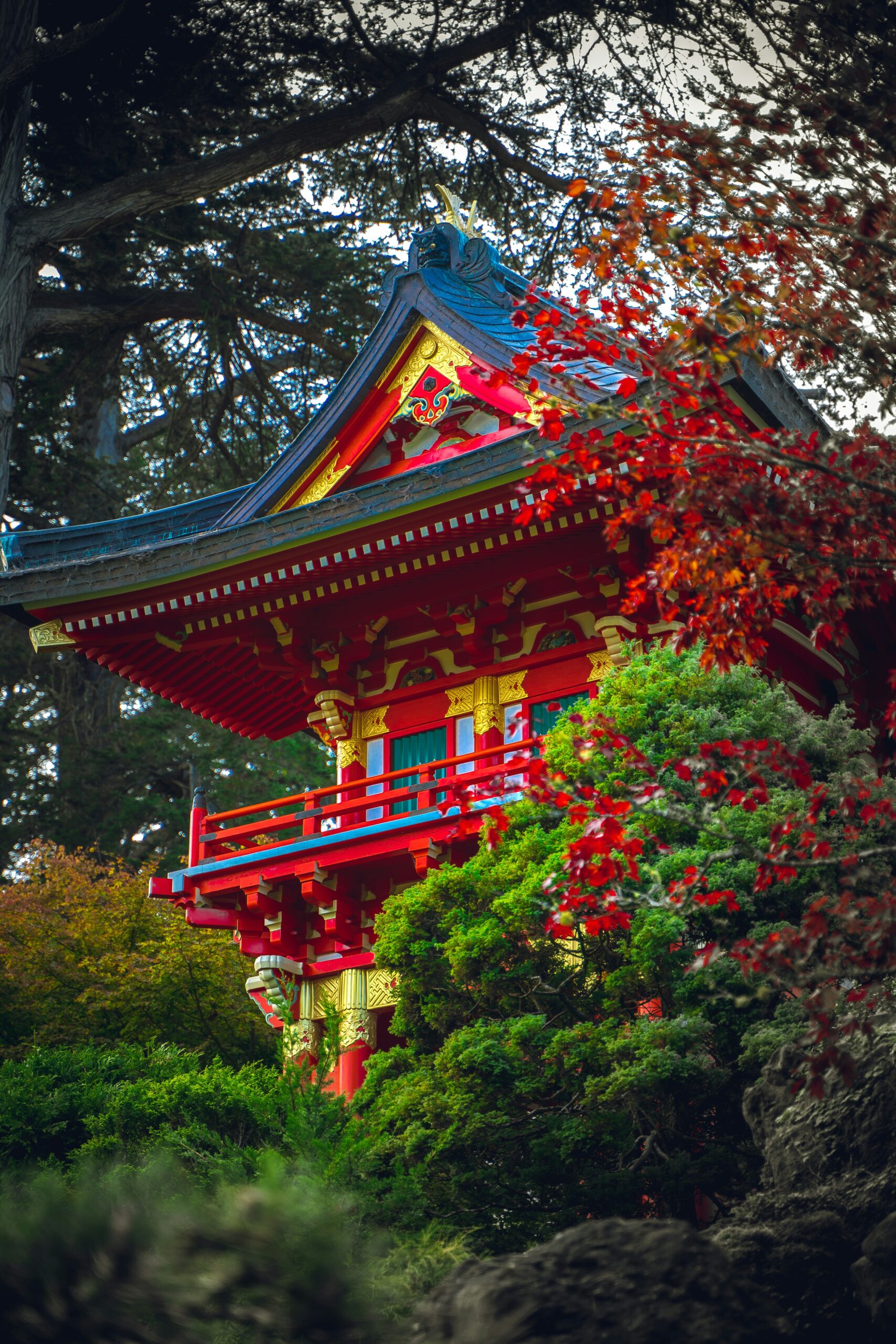
Exploring the California Coastline
Travelers heading along the northern stretch of California’s coast encounter dramatic cliffs, coastal towns, and remarkable marine life. The drive showcases some of the region’s most iconic landmarks and natural wonders.
Pacific Coast Highway and Highway 1
Highway 1, often referred to as the Pacific Coast Highway, runs along California’s rugged shoreline. Starting from San Francisco and winding south, drivers are treated to uninterrupted views of the Pacific Ocean, dramatic bluffs, and hidden beaches. The route is known for its winding turns and scenic stopping points, making it ideal for leisurely exploration and photography.
Key viewpoints include vista points near Half Moon Bay and the iconic Bixby Bridge. Bixby Bridge is one of the most photographed bridges in California due to its location and arched design against the ocean cliffs. Travelers are advised to check for potential road closures, which can occur due to landslides.
A Pacific Coast Highway itinerary can take visitors through picturesque towns and allow easy access to coastal parks. Many travelers choose to drive this route for 7-10 days, as it allows more time to discover small towns, state parks, and stretches of secluded coastline. Full itineraries often begin in San Francisco and finish near the Oregon border or connect with other destinations in Northern California.
Monterey and Monterey Bay Aquarium
Monterey is a coastal city known for its historical charm, wharfs, and scenic waterfront. The highlight for many is the Monterey Bay Aquarium, a renowned facility featuring a kelp forest, extensive marine exhibits, and large touch pools.
The aquarium sits on Cannery Row, an area made famous by John Steinbeck’s novel. Visitors frequently spend several hours here, viewing sea otters, jellyfish, and open-ocean tanks. Educational programs and daily feedings draw families and ocean enthusiasts alike.
Monterey’s coastal trail and beaches offer a chance to spot wildlife such as harbor seals and sea birds. Kayaking, paddleboarding, and whale watching tours depart from the bay, taking advantage of the region’s rich marine biodiversity. A visit to Monterey provides both cultural and natural attractions for travelers on the California coast.
Carmel and Big Sur Highlights
Carmel-by-the-Sea, commonly called Carmel, is a quaint seaside village featuring white-sand beaches and storybook cottages. Its downtown area is known for art galleries, bakeries, and boutique shops. Carmel Beach is a popular spot for sunset views and walking along the sand.
South of Carmel, Big Sur begins—a stretch famous for its dramatic cliffs, towering redwoods, and the winding roadway hugging the mountainside. This part of Highway 1 includes landmarks like Bixby Bridge, which offers stunning vantage points for photography. The region also boasts hiking trails, such as those in Garrapata and Pfeiffer Big Sur State Parks.
Travelers often stop at coastal turnouts to enjoy panoramic views of the Pacific Coast and the Santa Lucia Mountains. The drive between Carmel and Big Sur is often considered the scenic highlight of a northern California road trip, providing direct access to iconic bridges and unspoiled coastline. For a detailed route along this region, consult a northern California coast itinerary.
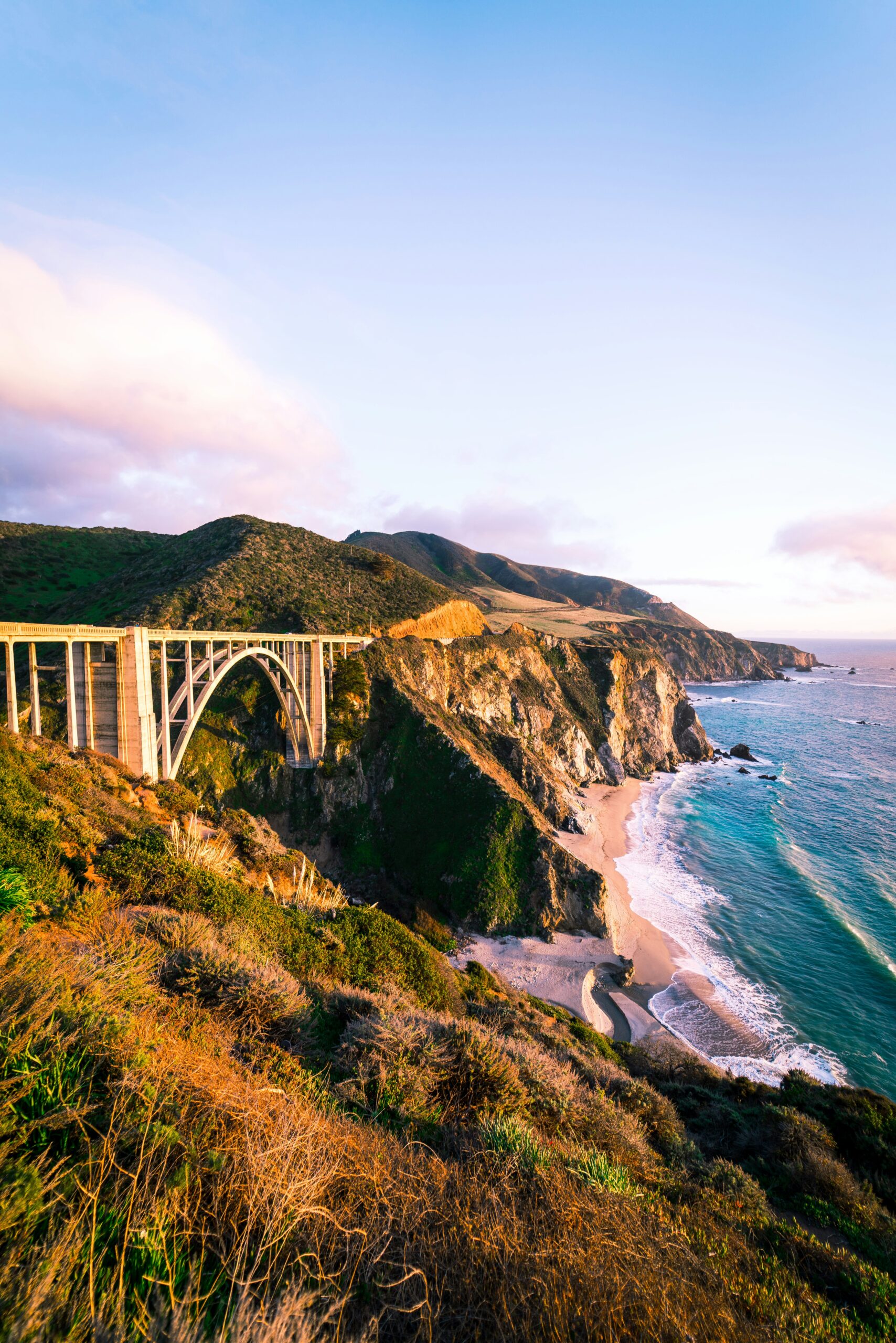
Redwood Forests and Scenic Parks
Northern California’s redwood forests showcase ancient trees, picturesque drives, and countless opportunities for outdoor activities. This region is home to legendary groves, highly-rated parks, and historic landmarks that attract travelers seeking both adventure and tranquility.
Avenue of the Giants
The Avenue of the Giants is a scenic byway that stretches roughly 31 miles alongside Highway 101 through Humboldt Redwoods State Park. This renowned route allows visitors to drive beneath towering coast redwoods, many of which are over 300 feet tall and centuries old.
Along the way, there are numerous access points to trails, picnic sites, and viewpoints. Standout stops include Founders Grove, known for its easy loop trail among massive trunks, and the Immortal Tree, a redwood with a history of surviving floods and fires. Many travelers stop to walk the short loops, explore visitor centers, and enjoy photo opportunities with roadside giants.
For those interested in a deeper experience, several side roads offer detours through secluded groves where traffic is minimal and the quiet of the forest is more pronounced. There are also interpretive signs throughout the area, making this drive both scenic and educational.
Camping and Hiking Opportunities
Northern California’s redwoods offer extensive options for camping and hiking. Humboldt Redwoods, Jedediah Smith Redwoods, Prairie Creek Redwoods, and Del Norte Coast Redwoods State Parks each provide unique accommodations ranging from developed campgrounds to primitive backcountry sites.
Hike through lush understories on trails like the Boy Scout Tree Trail or the Fern Canyon Loop. Many popular trails are rated as easy to moderate, making them accessible for most skill levels. More challenging hikes venture deep into remote areas with ancient groves and fewer crowds.
Campgrounds often feature amenities such as restrooms, showers, and bear-proof lockers. Reservations are recommended, especially during summer months. Campers can enjoy campfires (where allowed), ranger-led programs, and the peaceful ambiance of old-growth forest surroundings.
Redwoods and National Monuments
Northern California’s coast redwoods are protected within a network of national and state parks as well as designated national monuments. The most famous is Redwood National and State Parks, a UNESCO World Heritage Site, which encompasses four park areas: Redwood National Park, Del Norte Coast, Jedediah Smith, and Prairie Creek Redwoods State Parks. These parks contain extensive old-growth forests, wild rivers, and undeveloped coastline.
The area is also home to the Stout Grove and Lady Bird Johnson Grove, both offering short, immersive nature walks. In addition, Muir Woods National Monument just north of San Francisco provides a glimpse of redwoods closer to the city. National monuments and parks protect vital old-growth habitat and biodiversity, while offering educational centers, wildlife viewing, and ranger-led walks to enhance visitors’ experiences along the redwood coast.
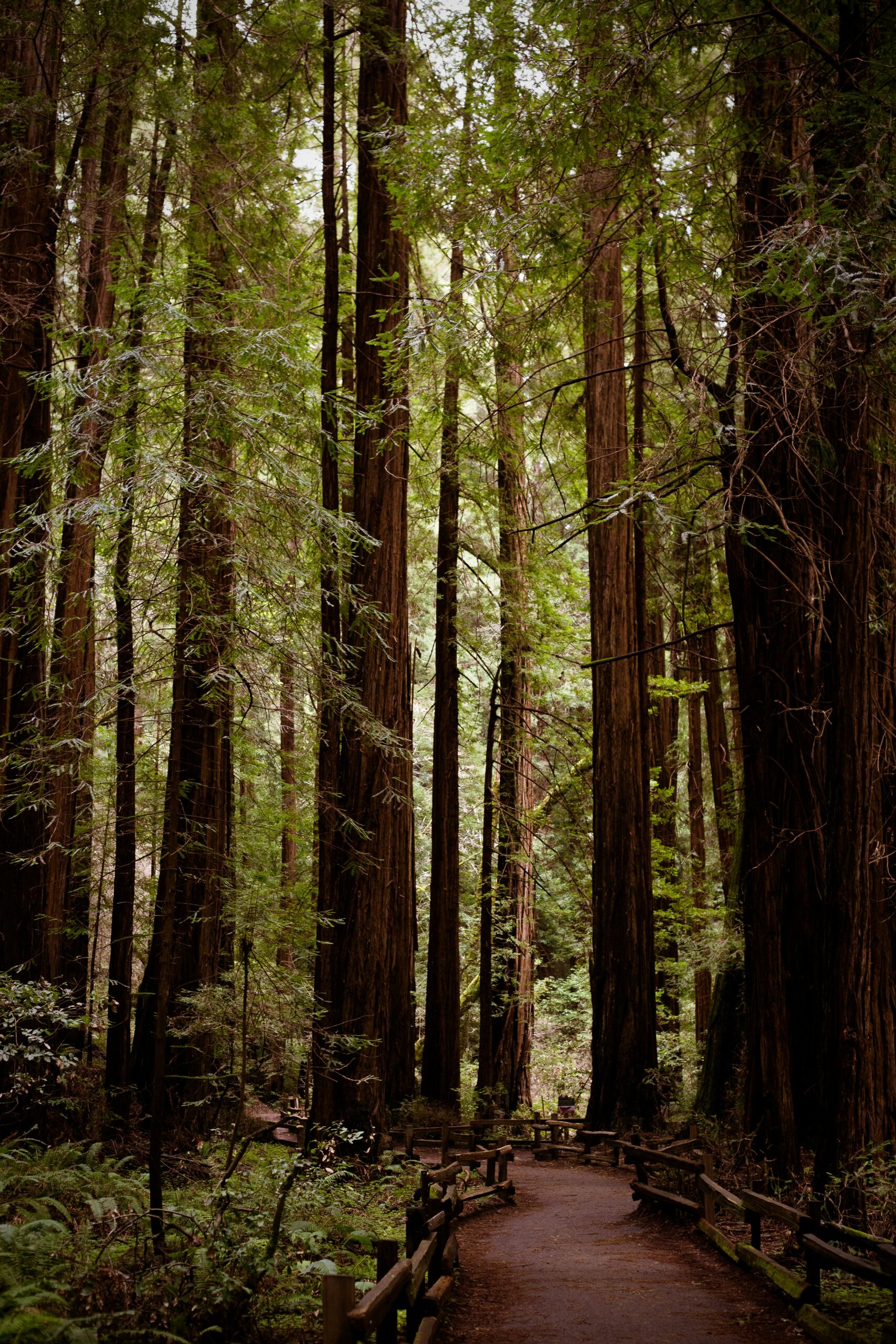
Yosemite National Park Adventure
Yosemite National Park stands out for iconic landmarks, diverse wildlife, and a wide range of recreational activities. Planning ahead and knowing the highlights ensures a rewarding and memorable visit.
Glacier Point, El Capitan, and Tenaya Lake
Glacier Point offers sweeping views of Yosemite Valley, Half Dome, and distant waterfalls, making it a must-stop for panoramic photography. The drive to Glacier Point is about an hour from the valley floor and is typically open late spring through fall due to snow. At sunrise or sunset, the light is particularly striking.
El Capitan, famed among the rock climbing community, towers over the valley with its vertical granite face. Visitors can spot climbers through binoculars or hike nearby trails such as the El Capitan Meadow. The area offers some of the best vantage points for appreciating the sheer size of Yosemite's cliffs.
Tenaya Lake, set high along Tioga Road, features clear waters bordered by granite domes and pine forests. It's a peaceful spot for kayaking, paddleboarding, or simply resting by the shore. During summer, swimming and picnicking are popular, while in autumn the area is less crowded, offering a quieter experience.
Wildlife and Outdoor Activities
Yosemite's wildlife includes black bears, mule deer, bobcats, and a variety of bird species. Observing animals from a safe distance is important—especially in campgrounds and near rivers. Early morning and dusk are the best times for sightings.
Hiking options abound, from easy walks like Lower Yosemite Fall Trail to strenuous treks such as the Mist Trail and Half Dome (permit required). Cycling is allowed on designated paths and rental bikes are available seasonally.
Camping sites range from developed campgrounds with amenities to backcountry options that require permits. Reservations, especially in peak summer months, are recommended to secure a spot. Rangers provide evening programs and guided walks, enriching the experience with local history and ecology.
Travel Essentials for Yosemite
Advance planning is key, especially if visiting in the peak months of May through September. Reservations are required for some park entry dates and for most campsites and lodges. Check road conditions before arrival, as some routes like Tioga Pass and Glacier Point Road may be closed by snow even in late spring.
Essentials to pack include sturdy hiking shoes, layered clothing for temperature changes, reusable water bottles, and bear-proof food containers if camping. Cell service can be limited, so downloading maps and trail guides beforehand is advised.
There are a few mini grocery stores inside the park but bringing snacks, meals, and basic supplies allows for flexibility. Public shuttle buses run in the main valley, helping visitors navigate key stops without having to drive or park frequently.
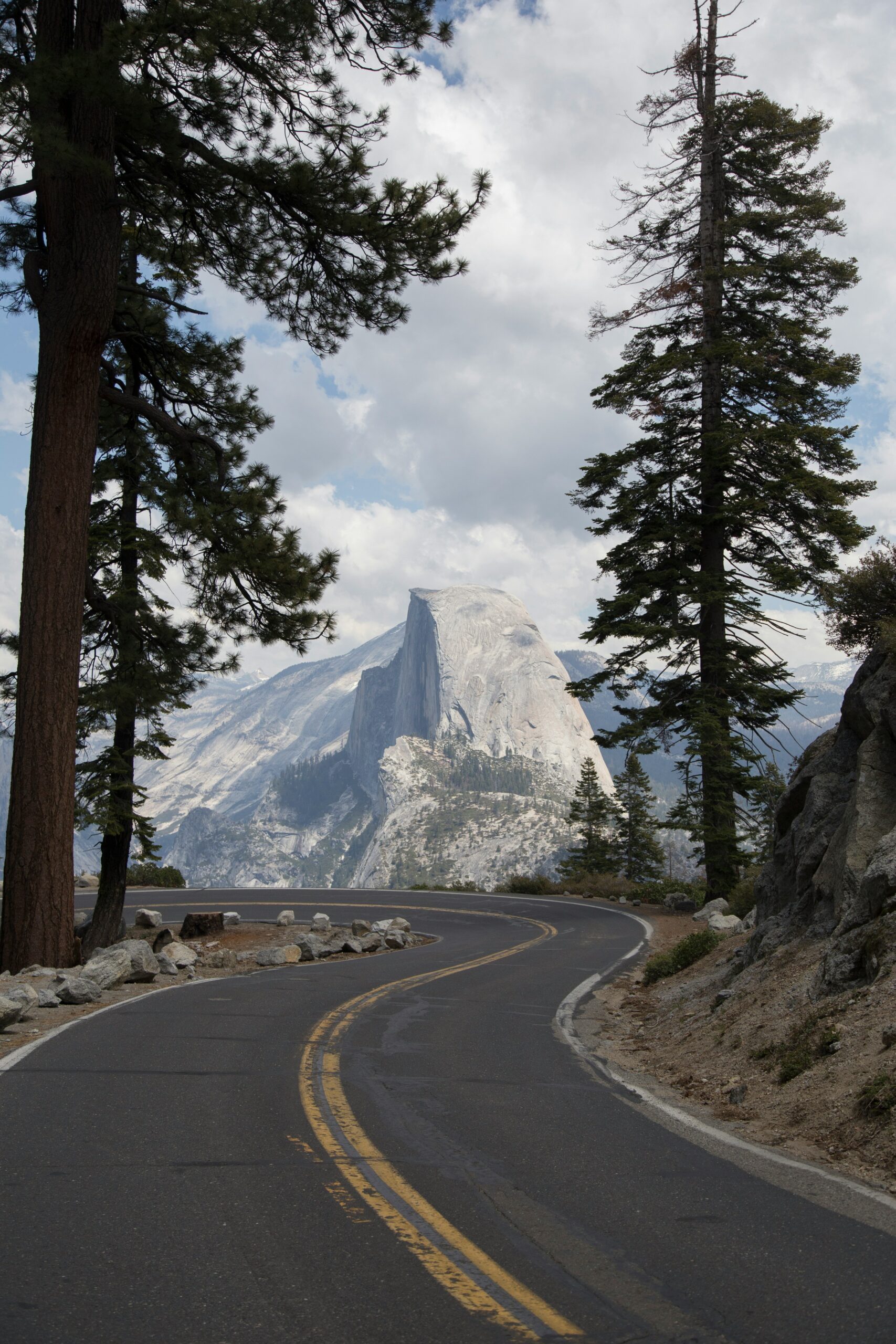
Wine Country Discoveries
Northern California’s wine country blends scenic landscapes with exceptional wine and welcoming towns. Visitors can experience iconic destinations, innovative tasting rooms, historic vineyards, and unique local cuisine.
Napa Valley and Sonoma Highlights
Napa Valley is renowned for its premium Cabernet Sauvignon, luxury resorts, and rolling vineyards. Its main towns—Yountville, St. Helena, and Calistoga—offer Michelin-starred restaurants, art galleries, and boutique shopping. Many visitors prioritize the Silverado Trail for a quieter, scenic drive between wineries.
Sonoma stands out for its relaxed pace, farm-to-table restaurants, and more diverse wine offerings. Sonoma Plaza is surrounded by historic buildings, shops, and tasting rooms. The scenic West Dry Creek Road leads travelers through lesser-known vineyards and redwood groves.
Combining these two regions allows travelers to sample both the prestige of Napa and the laid-back atmosphere of Sonoma. Planning a route that connects these areas gives travelers a comprehensive view of Northern California’s wine heritage.
Wineries and Wine Tasting Experiences
A variety of tasting experiences await in the region, from grand estate wineries to family-run vineyards. Guided tastings usually involve samplings of several varietals, background on winemaking, and sometimes vineyard tours or barrel samples.
Many wineries offer tasting flights in scenic settings overlooking the vines. Some have food pairings, which may range from cheese boards to gourmet meals. It’s wise to book reservations in advance, as popular spots fill up quickly, especially on weekends.
Exclusive experiences like blending sessions, cave tours, or educational panels are available at select wineries. These activities help visitors appreciate the skill and history behind each glass. Recommended stops include large producers as well as boutique operations for a broader tasting adventure.
Gloria Ferrer Winery and Local Flavors
Gloria Ferrer Winery, based in Sonoma, is known for its sparkling wines and picturesque terrace views. Guests can enjoy tastings of méthode champenoise sparkling wines, alongside Pinot Noir and Chardonnay, often guided by knowledgeable staff who explain the winemaking process.
The estate’s Spanish heritage is reflected in tapas offerings, which pair well with the sparkling selections. Gloria Ferrer’s sustainable vineyard practices also draw interest from eco-conscious travelers.
Nearby, visitors can find local markets, cheese shops, and cafes that highlight Sonoma’s culinary scene. Sampling regional cheeses, breads, and olive oils creates a fuller appreciation for the flavors of Northern California’s wine country. For more detail about this area, visit the Wine Country road trip itinerary.
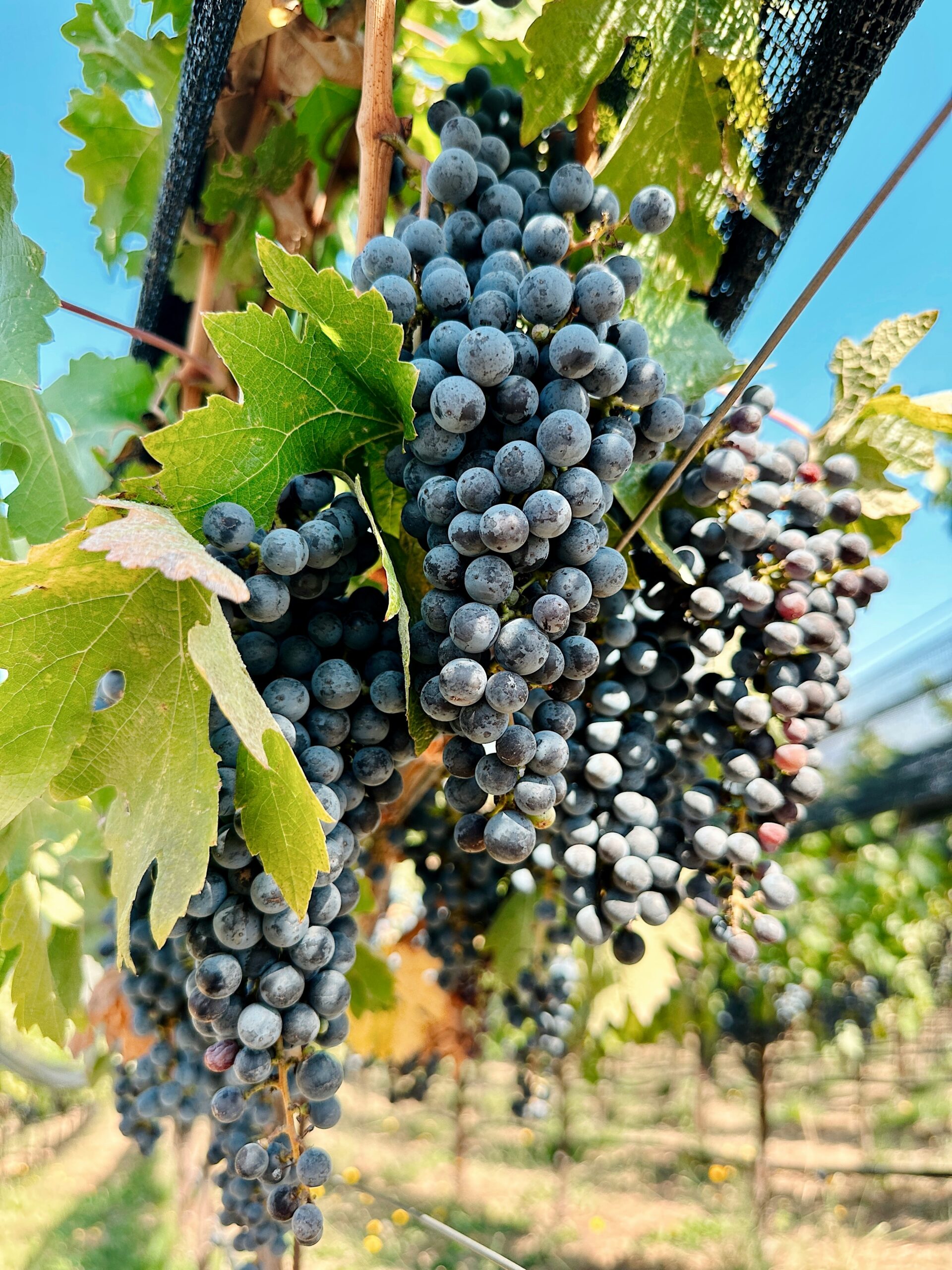
City Stops and Cultural Experiences
Northern California’s city stops offer history, local arts, quirky attractions, and unique waterfront scenery. Each destination invites visitors to experience distinct cultures and architectural styles, providing a deeper look into the region’s diverse communities.
Oakland and San Jose
Oakland stands out for its vibrant arts scene and diverse neighborhoods. In Uptown, visitors can see impressive murals and explore the historic Fox Theater. Jack London Square, named after the author, is a hub for dining and waterfront walks.
Lake Merritt offers walking trails and the oldest wildlife refuge in North America. The Oakland Museum of California presents art, natural sciences, and state history in interactive galleries.
San Jose, in the heart of Silicon Valley, is known for its tech culture and museums. The Tech Interactive offers hands-on science and technology exhibits tailored to all ages. Santana Row provides shopping, dining, and open-air experiences.
Japantown, one of the three remaining historic Japantowns in the U.S., features traditional bakeries, sushi restaurants, and cultural festivals like Obon. The Winchester Mystery House attracts those intrigued by its odd architecture.
Sacramento: California’s Capital
Sacramento combines gold rush history with modern attractions. Old Sacramento is a preserved historic district with wooden sidewalks, river views, and the California State Railroad Museum, which houses restored locomotives and interactive exhibits.
The State Capitol offers free guided tours, showcasing government chambers and a museum with rotating exhibits. Midtown Sacramento is home to local coffee shops and craft breweries. Art lovers appreciate Second Saturday, a monthly art walk featuring galleries and live music.
Farm-to-fork dining is prominent. The Central Farmers Market and numerous restaurants emphasize fresh, local ingredients. The Crocker Art Museum is the oldest public art museum west of the Mississippi and displays contemporary and classical artworks.
Sausalito and Santa Cruz
Sausalito, just north of San Francisco, is known for its hillside homes, waterfront views, and floating houseboat community. Visitors enjoy the Bay Model Visitor Center, which features a working scale model of the San Francisco Bay and Delta.
Downtown Sausalito has art galleries and waterfront restaurants with views of the bay and San Francisco skyline. The Marinship Park area showcases World War II shipbuilding history. It’s also the starting point for scenic bike rides across the Golden Gate Bridge.
Santa Cruz offers a different vibe with its beach and surf culture. The city center features bookstores, organic cafes, and local shops. The University of California, Santa Cruz, sits among redwoods and hosts an Arboretum with diverse plant collections.
Natural Bridges State Beach, famous for its coastal rock arch, is a prime spot for monarch butterfly viewing in fall and winter. Surfing is a dominant sport, especially at Steamer Lane.
Santa Cruz Boardwalk
The Santa Cruz Beach Boardwalk is California’s oldest seaside amusement park, operating since 1907. This attraction stretches along the beach and offers classic rides such as the Giant Dipper wooden roller coaster and the Looff Carousel.
Alongside rides, the Boardwalk has arcades, mini golf, and nostalgic carnival games. Concerts and movie nights occur frequently during summer, drawing locals and visitors alike. It’s a lively place to try local eats, from saltwater taffy to fresh seafood.
The Boardwalk provides direct beach access, making it easy to combine entertainment with sunbathing or a walk on the sand. Live entertainment, historic architecture, and vintage charm give the area a distinctly Californian coastal feel.
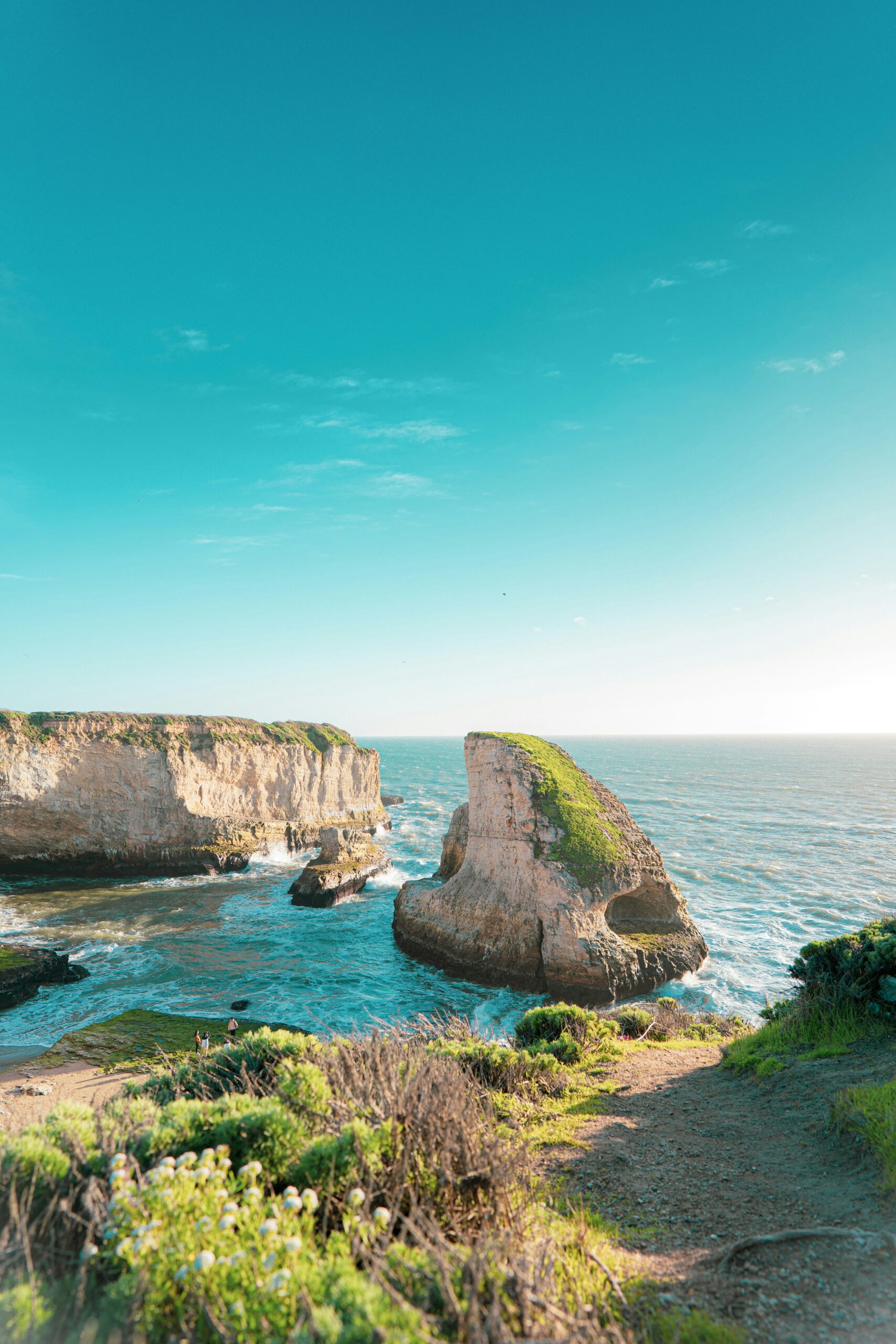
Extra Destinations and Extension Ideas
Travelers seeking to make the most of their Northern California road trip can extend their adventure with scenic lakes, national parks, coastal drives, and urban excursions. These options allow flexibility for those with additional days or an interest in exploring further.
Lake Tahoe and Mammoth Lakes
Lake Tahoe is a year-round destination known for its turquoise waters, hiking trails, and alpine views. The lake sits on the California-Nevada border and offers swimming, kayaking, and beaches in summer, along with top-rated ski resorts in winter.
Driving south from Tahoe brings travelers to Mammoth Lakes, famous for picturesque lakes, the Mammoth Mountain ski area, and geothermal hot springs. The stretch between Tahoe and Mammoth covers dramatic mountain passes like Tioga Pass (open seasonally).
Popular activities:
- Boating or paddleboarding on Lake Tahoe
- Visiting Emerald Bay State Park
- Soaking in Wild Willy’s Hot Springs outside Mammoth
- Hiking to Devil’s Postpile National Monument
Adding these locations expands any itinerary with a mix of outdoor pursuits and spectacular Sierra Nevada scenery. Consider visiting outside high season for fewer crowds and better rates.
Day Trips to Sequoia National Park
Sequoia National Park, south of Yosemite, is renowned for towering giant sequoia trees, including the General Sherman Tree—the world’s largest by volume. Visitors can experience both shaded forest walks and mountain vistas.
The drive to Sequoia from key Northern California points can be long, so day trips are best for those staying closer to central California. During the visit, explore the Giant Forest, climb Moro Rock for expansive views, and take the Congress Trail for an immersive look at the sequoia groves.
Notable stops:
- Giant Forest Museum
- Tunnel Log (a drive-through fallen tree)
- Crescent Meadow for wildflower spotting in spring
Those interested in unique tree-lined landscapes should consider this add-on, especially outside of snowy winter months when many trails are accessible.
Add-on Destinations: Los Angeles and Beyond
For travelers looking to extend their journey farther south, Los Angeles provides a blend of beaches, art, dining, and pop culture landmarks. From Northern California, either head down the scenic Pacific Coast Highway or take I-5 for quicker travel.
Must-see points in the LA area:
- Santa Monica Beach and Pier
- The Getty Center
- Walk of Fame and Hollywood
- Venice Beach
From Los Angeles, popular options include heading to San Diego, exploring Orange County beaches, or visiting Joshua Tree National Park. These destinations require extra days but give a fuller Southern California experience paired with a road trip through the north.
Tips for the Oregon Coast and hwy 101
Extending a Northern California trip into Oregon’s coast introduces travelers to new landscapes, charming towns, and rugged beaches. Starting near Crescent City, drivers can continue north on Highway 101 through redwood forests to the Oregon border.
Key stops include Brookings, Gold Beach, and Bandon, each featuring sandy shores and unique rock formations. Samuel H. Boardman State Scenic Corridor is a highlight for dramatic sea stacks and coastal trails.
Plan for cool, foggy weather even in summer. Accommodations fill quickly in peak season, so book early. Highway 101 offers many viewpoint pullouts and trailheads, making it ideal for a slow-paced, scenic drive.

